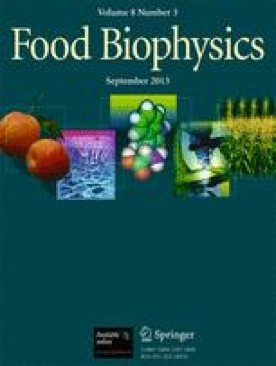
This includes the length of white leader, the successive frames that count down to the beginning of the film, any scrawled writing or formal printing that designates the brand of film, even the frame that synchronises image and sound with a pop. This process provides a broad perspective of the details of the whole film. Users can set the dial for movement forwards and backwards, regulate the pace and pause if something catches their eye. The Steenbeck offers intricate control over the celluloid. The flatbed editing table allows me to keep my eye on the celluloid as it unwinds, and see the images themselves as they are illuminated from behind and rise forward into the screen. I take the reels out of their canisters, unspool the leaders, thread the celluloid carefully, tracing the arcane pattern insisted by the wheels, gates, mirrors and lenses of the Steenbeck editing table. These are mostly reels of 16mm celluloid film, but there are also just a few 35mm films in the collection.


I am in a darkened back room of The Australian Mediatheque watching one of the 128 films that were donated to The Australian Centre for the Moving Image by the Chinese Consulate in Sydney.


 0 kommentar(er)
0 kommentar(er)
